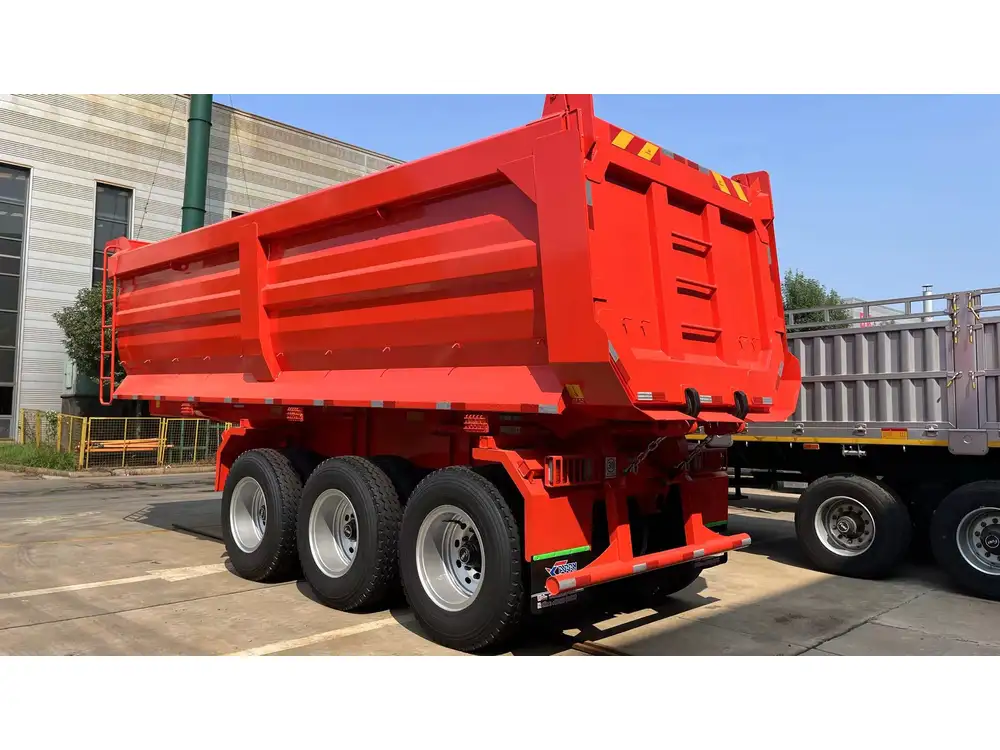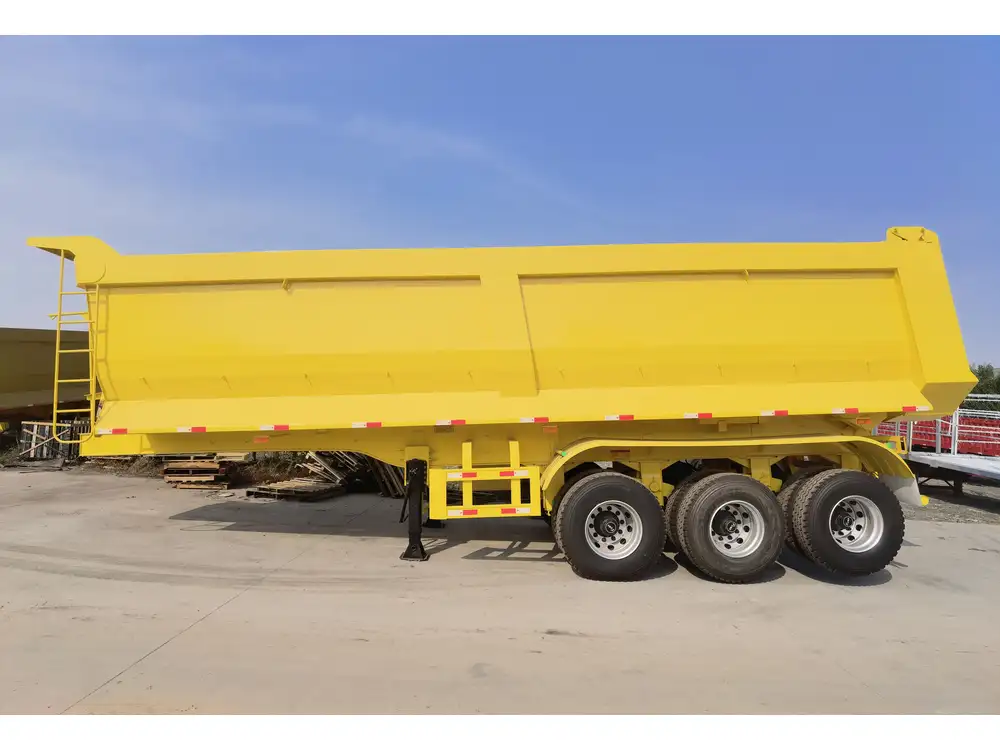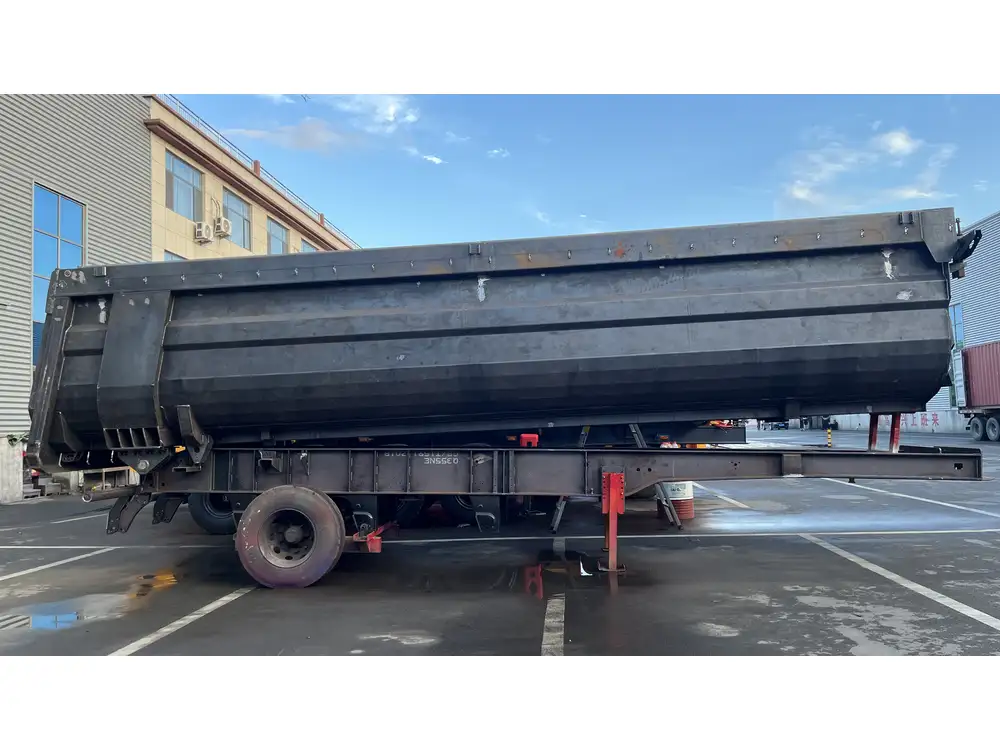Introduction to Flatbed Trailers
Flatbed trailers are an essential component of the logistics and transportation industry, providing versatile solutions for transporting a vast array of goods, from heavy machinery to construction materials. This article delves deeply into one critical aspect of flatbed trailers: their legal width. Understanding the legal parameters not only helps ensure compliance with regulations but also promotes safety on the roads.
Legal Width Regulations for Flatbed Trailers

Federal Regulations
In the United States, flatbed trailer width regulations are primarily governed by the Federal Highway Administration (FHWA). According to federal guidelines, the maximum legal width for a flatbed trailer is set at 8 feet 6 inches (102 inches). This standard applies to most states and is crucial for ensuring that vehicles can navigate roadways safely without obstructing traffic or causing hazards.
| Regulation | Details |
|---|---|
| Maximum Width | 8 ft 6 in (102 inches) |
| Exemptions | Specialized equipment may vary |
| Minimum Width | Not specified; depends on cargo |
State-Specific Regulations
While federal regulations provide a framework, each state can impose its own restrictions. Some states may allow extra width permits for specific scenarios, often for specialized loads. It’s vital to check local laws before embarking on long-distance transportation with a flatbed trailer. Below is a comparison of a few states:
| State | Legal Width | Permit Width (if applicable) | Note |
|---|---|---|---|
| California | 8 ft 6 in (102 in) | Up to 12 ft with permits | Caltrans regulations |
| Texas | 8 ft 6 in (102 in) | Up to 12 ft with permits | Specific to the load |
| New York | 8 ft 6 in (102 in) | 10 ft without additional permits | Restrictions vary by load |
Importance of Adhering to Legal Width

Safety Concerns
Maintaining legal width is not merely a bureaucratic requirement; it serves a critical safety function. Wider trailers can compromise vehicle stability, increasing the likelihood of accidents—especially during turns or adverse weather conditions. Additionally, adhering to these regulations helps prevent dangerous road incidents, protecting not only the driver but also other road users.
Avoiding Legal Ramifications
Transport companies and operators face severe penalties for exceeding legal dimensions. These can range from fines to more serious consequences, such as vehicle impoundment. Understanding the legal width helps avoid these pitfalls and promotes a smooth operation.
Factors Influencing Flatbed Trailer Width

Type of Cargo
The cargo type plays a significant role in determining trailer width and configuration. For instance, loads such as pipes or steel beams might require specialized setups adhering to width regulations, whereas palletized goods might adequately fit within the legal limits without additional considerations.
Trailer Configuration
Flatbed trailers come in various configurations, such as:
- Standard Flatbed: Typically 8.5 feet wide, suitable for a range of cargo.
- Drop Deck (Step Deck) Trailers: Lowered deck providing additional vertical clearance for taller loads.
- Removable Gooseneck Trailers (RGNs): Allow for heavier and larger cargo widths while maintaining compliance.
Equipment and Accessories
Certain equipment configurations can also affect overall width. For example, side railings or additional supports may extend beyond the standard width, necessitating evaluation for legality.

Best Practices When Transporting Wide Loads
Pre-Trip Assessments
Before hauling cargo that might exceed typical dimensions, conduct thorough pre-trip assessments. Check routes for width restrictions, bridge clearance, and local regulations. Planning ensures a smoother journey.
Obtaining Necessary Permits
For oversized loads, it is crucial to acquire the appropriate permits. States often have specific procedures—sometimes requiring advance notification or escort vehicles for particularly wide loads.

Safety Measures
Maintain safety by:
- Using warning flags or lights for loads exceeding standard limits.
- Employing pilot cars when necessary to navigate tight spaces or assist in local regulations.
- Conducting regular inspections on both the trailer and secured cargo to ensure stability throughout the journey.
Conclusion
Understanding the legal width for flatbed trailers is fundamental for ensuring compliance and promoting safety within the transportation industry. By adhering to federal and state regulations, considering the type of cargo, and engaging in best practices such as pre-trip assessments and obtaining necessary permits, transport operators can navigate the complexities of legal dimensions efficiently. Whether you are a logistics manager or a truck driver, leveraging this knowledge ensures that all operations run smoothly and safely.
Further Considerations
To remain updated on changes to width regulations or any new legislation, it’s advisable to review local transportation department announcements regularly. Awareness of evolving regulations will ensure your operation remains compliant and safe.
Understanding the nuances of trailer dimensions not only helps in effective logistics management but also plays a crucial role in maintaining the safety of our highways and byways.



